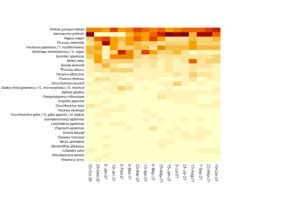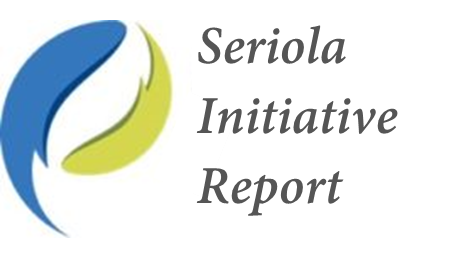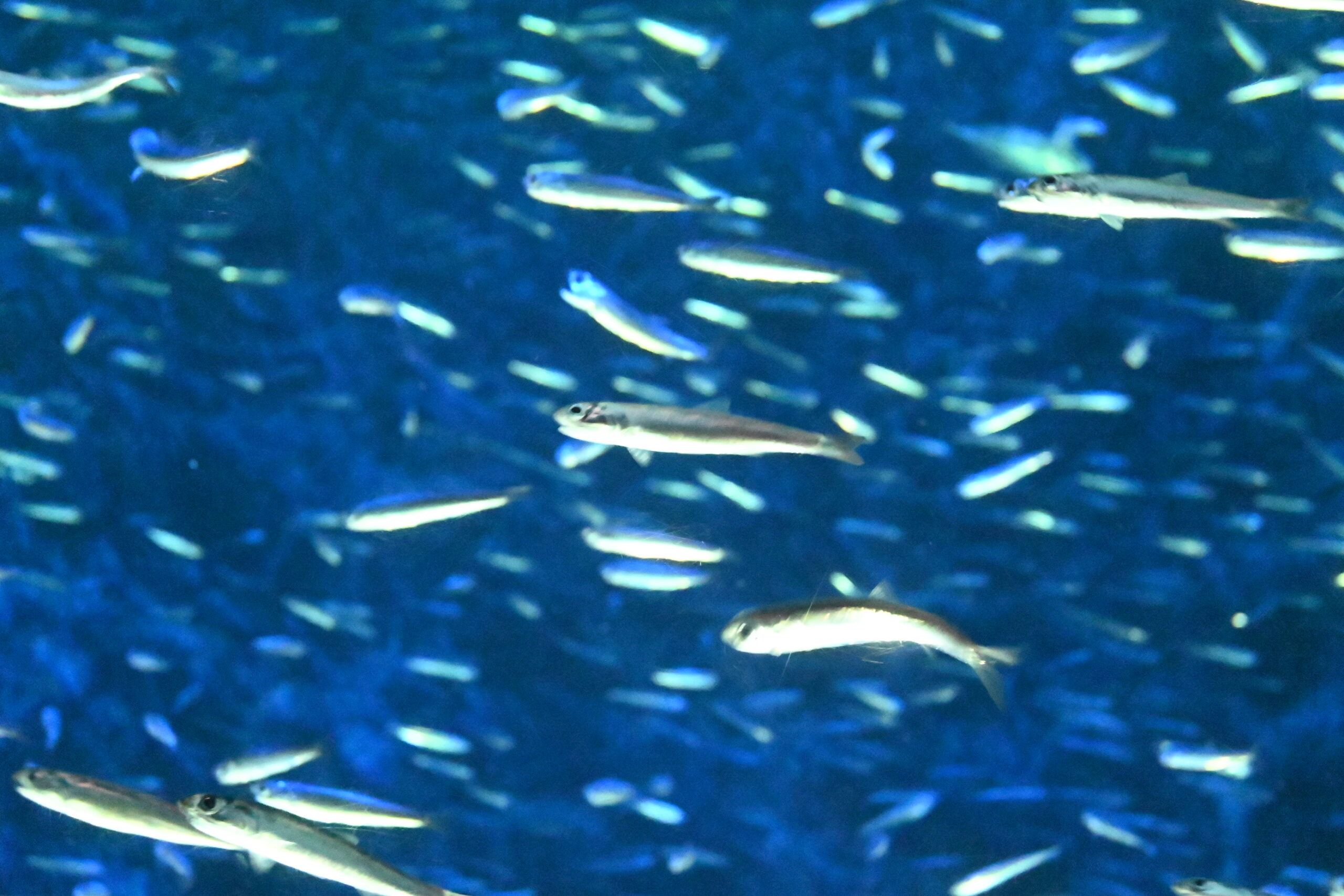As introduced in my previous post, Japan has established a system for collecting and recycling by-products generated from fish processing (urban fisheries biomass) into fish meal and fish oil for feed. However, due to the wide variety of fish species distributed in Japan, it is extremely difficult to trace which fish are used in fish meal and fish oil derived from the urban fisheries biomass. International eco-label certification systems, such as MEL Aquaculture Certification and ASC Standard, require strict traceability of raw materials used in feed. Not only wild-caught fish but also fish that are the source of processing residues cannot include species caught through Illegal, Unreported, and Unregulated (IUU) fishing or endangered species.
Analysis of Fish Speceis in Fish Meal from Urban Fisheries Biomass
Therefore, we applied the DNA metabarcoding method used in environmental DNA analysis to extract DNA from fish meal derived from urban fisheries biomass and attempted to quantify the fish species contained in that DNA. Sampling conducted monthly from 2020 to 2021 detected 81 to 122 species per lot of fish meal, with Yellowtail, Skipjack Tuna, Red Sea Bream, Pacific Bluefin Tuna, and Horse Mackerel being the most frequently detected species. Yellowtail, which has a high aquaculture production, was consistently detected throughout the year (9.3-16.2%), Skipjack Tuna was more prevalent from late March to October (7.2-25.6%), and Red Sea Bream which is used in Japan for celebration peaked around the New Year (11.4-19.0%). The composition of fish species in urban fisheries biomass mirrors the patterns of fish consumption in Japan (Figure 1). Meanwhile, species listed as "Endangered (EN)" or "Critically Endangered (CR)" on the International Union for Conservation of Nature (IUCN) Red List at that time, such as Japanese Eel and Southern Bluefin Tuna, were detected in all lots. Particularly for Japanese Eel, the risk of IUU fishing is extremely high, as pointed out by another study (Kaifu et al., 2019). Currently, we cannot avoid the conclusion that fish oil and fish meal made from urban fishery residues are likely to contain endangered species or fish caught through IUU fishing.

Utilization of Urban Fisheries Biomass for the Sustainable Future
The aquaculture industry must not contribute to the extinction of valuable marine species or support IUU fishing. However, fish oil and fish meal derived from urban fisheries biomass play a role in effectively utilizing limited biological resources and are essential for "food recycling." As mentioned earlier, because urban fisheries biomass reflect Japan's fish consumption, the risk of using endangered species and fish from IUU fishing in fish oil and fish meal must be seen as an issue for the entire seafood supply chain, not just for manufacturers and aquaculture producers. Ideally, Japan should take the lead in promoting international fisheries management and expanding catch certification systems to eradicate IUU fishing, ensuring that endangered species and IUU-sourced fish do not enter the supply chain.
Using DNA metabarcoding, it is possible to retrospectively trace the biological species in any fish meal and the fish oil produced simultaneously. For example, by assigning numerical "extinction risk" and "IUU fishing risk" to each fish species, quantitative risk assessments of fish meal and fish oil can be made. If an immediate transformation of the supply chain is challenging, this method could be used as a tool to set and measure incremental goals. Strengthening traceability through new methods like DNA metabarcoding could increase awareness of the origins and sustainability of fish oil and fish meal supporting Japan's aquaculture production.
The detailed results of this study are reported in the following article. Ido, A. and Miura, T., 2022. Species identification in fish meal from urban fisheries biomass with DNA metabarcoding analysis. Aquaculture, Fish and Fisheries. 2: 562–571.
0




